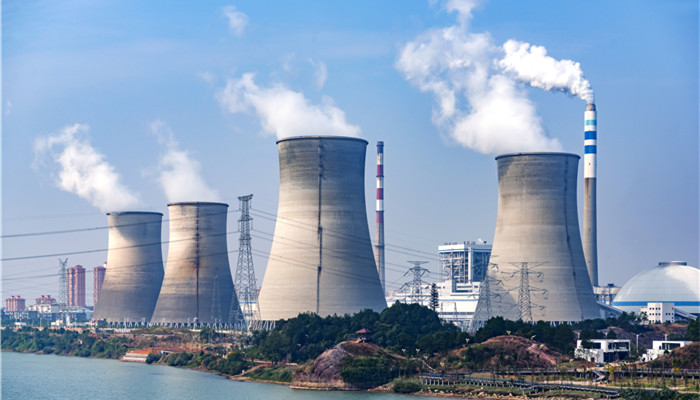
Demand for synthetic acetonitrile increases and industry prosperity improves
Acetonitrile, also known as methylnitrile, is a colorless liquid under normal temperature and pressure, with an aromatic temperature and is easily volatile. It is an organic chemical raw material with a wide range of uses. Acetonitrile can be used in the synthesis of fine chemicals such as medicines, pesticides, surfactants, and dyes. It is also used as a mobile phase solvent for thin layer chromatography, paper chromatography, spectroscopy, polarography, and high-performance liquid chromatography. In addition, in recent years, acetonitrile has begun to be used as a DNA synthesis/purification solvent, a solvent for organic EL material synthesis, and a cleaning solvent for electronic components. From the perspective of demand, the main application areas of acetonitrile are pharmaceuticals, pesticides, solvents, etc.
As the demand for acetonitrile continues to increase in recent years, prices continue to rise, the industry scale grows rapidly, and the industry prosperity continues to improve, stimulating acetonitrile production enterprises to expand production capacity, improve production efficiency, and increase output. According to the “China Acetonitrile Industry Market In-depth Research and Development Prospects Forecast Report 2023-2028” released by the Industrial Research Center, 2018- In 2021, the output of China’s acetonitrile industry will increase year by year, with acetonitrile output increasing from 80,000 tons to 120,000 tons.
Acetonitrile is a by-product of the production of acrylonitrile. Generally, about 20-30t of acetonitrile is obtained for every 1000t of acrylonitrile produced. Therefore, its output often depends on the production of acrylonitrile. As acetonitrile is used more and more widely, its demand will continue to increase. Relying solely on acrylonitrile by-product acetonitrile will gradually be unable to meet market demand, thus accelerating the progress of acetonitrile direct synthesis technology. As far as the synthesis process is concerned, there are two main acetonitrile production processes, namely the acrylonitrile by-product method and the synthesis method. The direct synthesis methods of acetonitrile include acetic acid ammonia dehydration, ethanol ammonia dehydrogenation, methanol ammonia, carbon monoxide ammonia hydrogenation, acetaldehyde ammonia, acetamide ammonia, acetylene ammonia, and propane ammoxidation. Method, ethane ammoxidation method, dimethyl sulfate and sodium cyanide action method and more than ten synthetic methods.
The leading companies in the domestic acetonitrile industry are mainly several companies such as Shanghai Secco, Jilin Petrochemical, Jiangsu Sierbon Petrochemical Co., Ltd., and companies with direct acetonitrile synthesis methods include Jiangsu Nantong Acetic Acid Chemical Co., Ltd., Shandong Zibo Jinma Chemical Factory and Shandong Dongying Huihai Pharmaceutical Chemical Co., Ltd., etc. In order to seize more market shares, competition among enterprises mainly revolves around price, resulting in fierce market competition in the acetonitrile industry.
Industrial researchers believe that in the face of fierce market competition, domestic acetonitrile manufacturers should continue to increase investment in research and development and strengthen technical exchanges , establish a market-oriented technology development system that fully utilizes internal and external resources. The selection of preparation methods, raw materials and process equipment are key issues in the preparation of acetonitrile. As the country’s environmental protection efforts continue to increase, acetonitrile companies should focus on developing new synthesis methods, pay attention to the research of green and environmentally friendly acetonitrile processes, form a virtuous cycle in all aspects of “industry, academia, research and application”, and strengthen the cooperation between universities, scientific research institutions and Two-way technical exchanges and market information feedback from the industry; attaching importance to market research, experimental research and new process development, keeping up with the latest foreign and domestic scientific and technological developments, improving technical levels, and mastering high-end production technology.

 微信扫一扫打赏
微信扫一扫打赏

